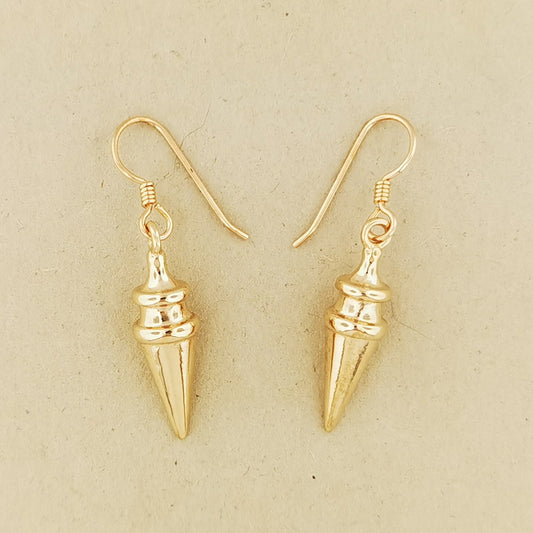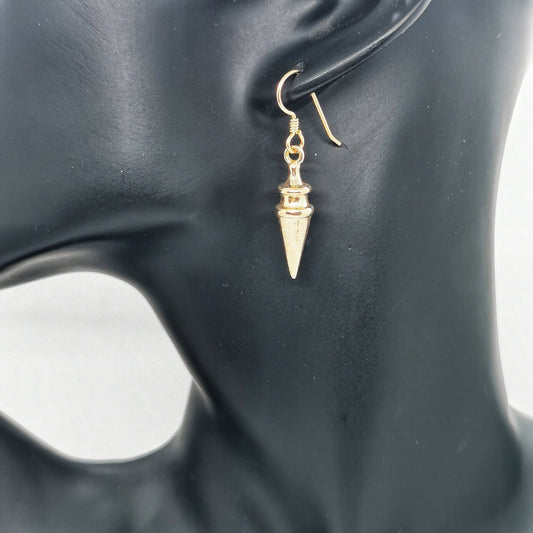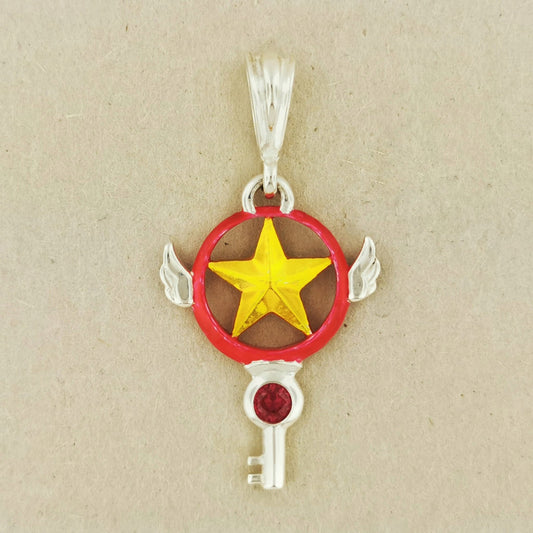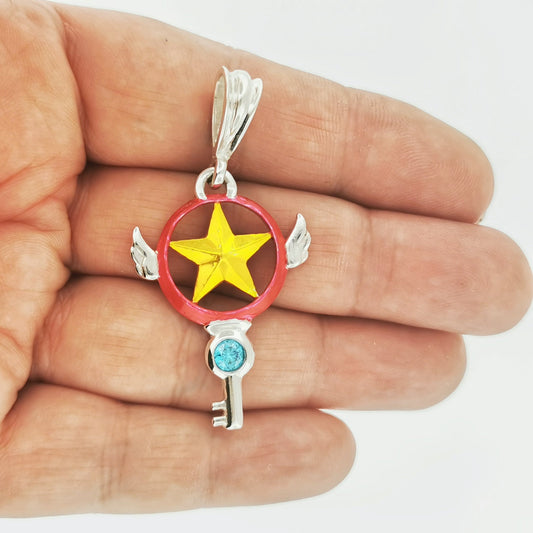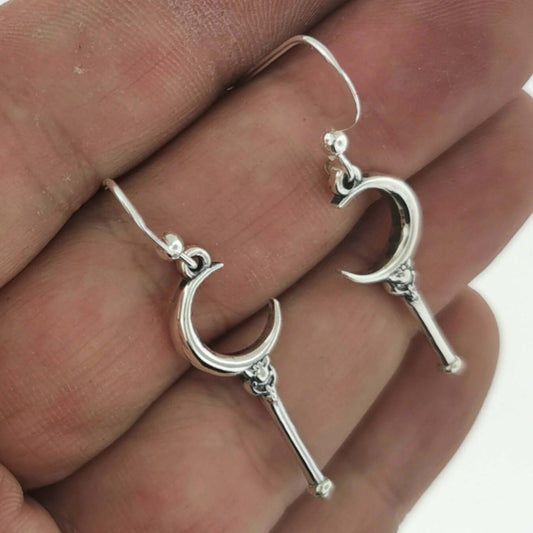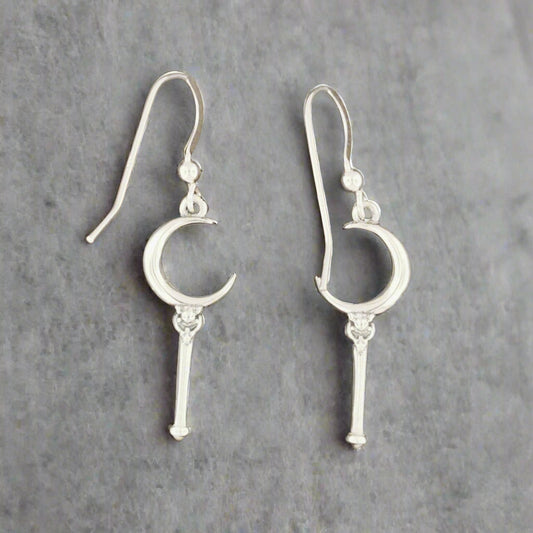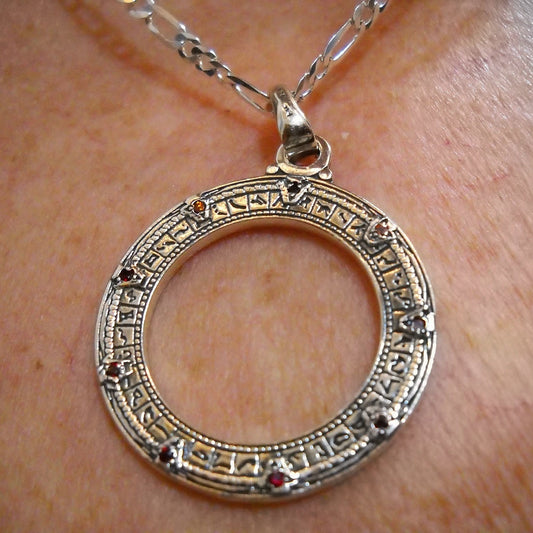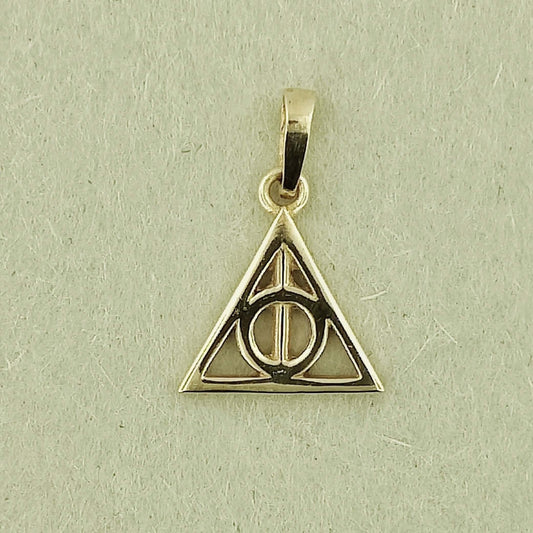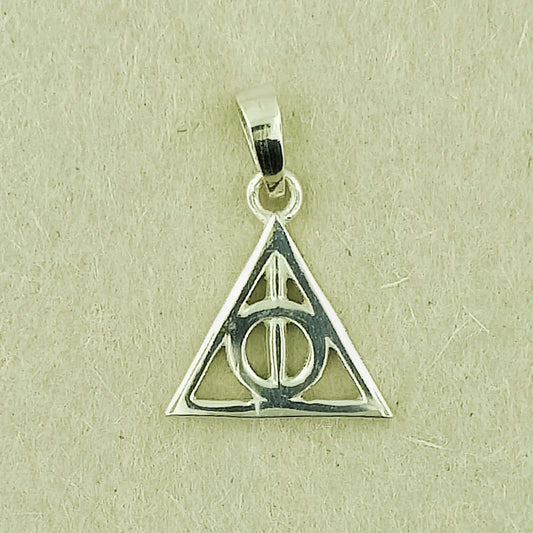Druids, Deities & May Day Fire: The Deep Roots of Beltane

A Flame from the Past: What Is Beltane?
Beltane is one of the four great fire festivals of the ancient Celtic year, celebrated on or around May 1st. It falls between the Spring Equinox (Ostara) and the Summer Solstice (Litha), marking the beginning of the light half of the year.
Historically, Beltane was observed by the Gaels—specifically the Irish, Scots, and Manx—long before Christianity reached the Isles. Archaeological and written records suggest the celebration goes back at least to the Iron Age (roughly 500 BCE), with strong evidence of its significance in early medieval Ireland.
Its name likely comes from the Old Irish Beltene, meaning “bright fire,” from the Celtic god Bel or Belenus—a pan-Celtic deity associated with light, healing, and the sun—and tene, meaning fire. The bonfires of Beltane were not just symbolic but were believed to have literal purifying and protective power.
Beltane and the Druids: Sacred Fire & Sacred Sites
Druidic priesthoods, who served as spiritual leaders, seers, and keepers of lore in pre-Christian Celtic societies, played a major role in seasonal rites like Beltane. Fires were lit on sacred hills like Uisneach in Ireland—a site often regarded as the mythological centre of the island. It's said that on Beltane, a great fire would be lit on Uisneach, and smaller fires across the land would be kindled in response.
Celtic Tree Of Life Pendant In Antique Bronze
Druids used the liminal nature of the festival—this “between time”—to perform rites of divination, to bless cattle and crops, and to reinforce the community’s connection to the land and the spirit world. These fires weren’t just for show. Herds of livestock were driven between twin fires to cleanse and protect them from illness or bad luck. People would leap over small flames or embers for fertility, luck, or courage.
Beltane Magic: Veils, Vows, and Vitality
Beltane sits opposite Samhain on the Wheel of the Year, and like Samhain, it’s a time when the veil between worlds grows thin. But while Samhain is about endings, ancestors, and descent, Beltane is about emergence, passion, and the living spirit of nature.
Elven Flower Birthstone Ring In Sterling Silver
It’s a time of potent fertility—not just in the physical sense, but magical and creative fertility too. The energy is high, the Earth is blooming, and everything feels like it’s in motion.
This is the season of:
Love and sacred sexuality
Growth and transformation
Elemental spirits and faeries
Union of masculine and feminine forces (or complementary energies in any form)
It’s an ideal time for magic related to attraction, courage, creativity, and stepping into your power.
In Celtic myth, we also see the union of the May Queen (often seen as an aspect of the Goddess, such as Brigid, Danu, or Rhiannon) and the Green Man or Oak King (figures of the God in his youthful, virile aspect).
Green Man Pendant In Sterling Silver
Their sacred marriage ensures the fertility of the land. This mythic motif echoes through the rites of Beltane and the symbols that surrounds it.
Oak Stud Earrings In Sterling Silver
Deities of Beltane: Who’s Who in the Spring Pantheon
Beltane isn’t dedicated to just one deity. Depending on your tradition or pantheon, you might honour different figures:
Belenus/Bel – Solar deity, associated with fire, light, and healing
Flora – Roman goddess of flowers and spring, sometimes invoked in modern rites
The May Queen – A title rather than a name, she represents the Earth in bloom
The Green Man – Wild, leafy spirit of the forest and growth
Brigid – Goddess of poetry, fertility, and springtime
Aine – Irish goddess of sovereignty and love, often linked to Beltane and midsummer
Rhiannon – Welsh goddess with fae connections, ruling over fertility and horses
Many pagans also honour the Fae or Nature Spirits at this time. These beings, tied to the land itself, are active and curious around Beltane.
Art Nouveau Fairy Earrings In Sterling Silver
Leave offerings, speak respectfully, and don’t take their hospitality lightly—they are as wild as the season.
Fairy Lore and the Mischief of May
In Celtic folklore, Beltane is a time when the Sidhe (pronounced shee)—the fae or “people of the mounds”—are particularly active. Paths open between their realm and ours, and while it’s not quite as eerie as Samhain, there’s still danger if you don’t respect the old ways.
Art Nouveau Fairy Ring In Sterling Silver
People used to protect their homes with rowan branches or by tying red string around livestock. Offerings of milk, honey, and baked goods were left at fairy trees and springs. If you’re feeling brave, you might visit a faery mound or spend the night outside—but don’t go stealing fairy flowers or messing with mushroom rings unless you know what you’re doing!
Celebrating Beltane Today: Old Ways, New Style
You don’t need to have a sacred grove or herd of cattle to mark Beltane. Here are some ways to celebrate, blending old tradition with modern life:
Jumping the Fire: A small fire pit or even a candle will do. Make a wish and leap (or symbolically leap) to release fear and spark courage.
Maypole Dancing: Whether it’s a big community event or you make a mini version on your altar, this is a classic Beltane activity.
Decorating with Flowers: Create garlands, wreaths, or flower crowns. Wildflowers are ideal, but anything seasonal works.
Handfastings: This is one of the most popular times for pagan weddings. It’s the perfect energy for binding love.
Fairy Offerings: Milk, bread, and shiny things left respectfully at the edge of a garden or near water.
Altar Work: Set up a Beltane altar with symbols of fire, flowers, antlers, greenery, and your deity figures.
The beauty of Beltane is that it’s both grounded and wild—rooted in the land and bursting with unpredictable magic. However you celebrate, whether in silence or in song, with fire or with flowers, the season invites you to be fully alive.
Knotwork Pentacle Ring In Antique Bronze
So go make something. Dance around a flame. Pick a flower. Whisper to the trees. And remember: magic is not a thing you have to find, it’s a thing you already carry.
Thanks for reading,
Stephenie









